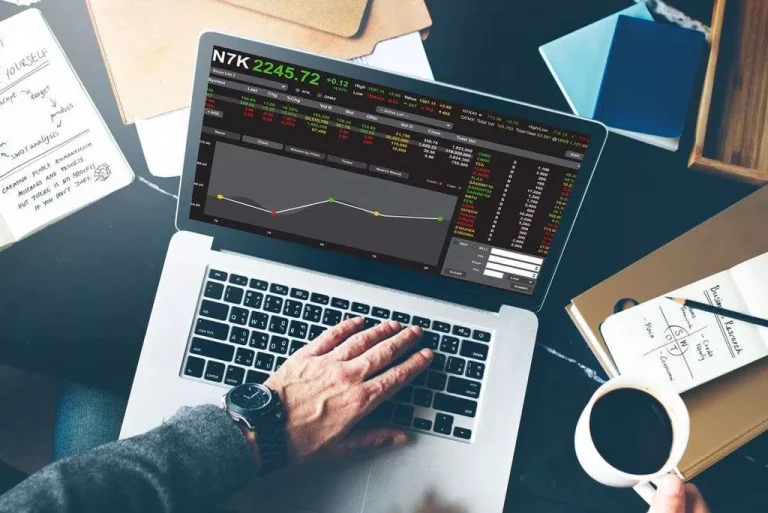Strengthening the anti-money laundering programme through institutional risk assessments Deloitte India Financial Advisory
A blanket assumption that PEPs would not instruct your firm, or that your firm would never accept instructions from a PEP, is not a sufficient protection against the risks they present. Neither approach would itself satisfy the requirement at Regulation 35(1) to have measures in place to identify PEPs. We consider the overall risk posed by proliferation financing to the legal profession to be low. In most cases, firms will be able to cover their proliferation financing risk as part of their AML firm-wide risk assessment, given that many of the risk indicators are the same.

Regulation 28(10) requires you to identify and verify both the intermediary and the underlying client, as well as obtaining evidence of the intermediary’s authority to instruct you. You should be aware that clients who are seeking anonymity on behalf of themselves, a third party or beneficial owner may be seeking to launder money. Based on our supervisory work and analysis, we have found that the following services pose the highest risk. It is also important to note that PEPs may instruct a variety of firms, not just those that are large and high-profile.
If the drivers increase the risk, then the rating will be higher – and vice versa. As such, the AML assessment will need to include a risk range so that you can take appropriate action. While estimates vary, experts believe criminals launder about $2 trillion every year. If you’re not watching your customers and acting proactively, you’re unwittingly part of this crime. While statistically calibrated risk-rating models perform better than manually calibrated ones, machine learning and network science can further improve performance.
These are goods which are not manufactured as weapons but could be used in weapons or to produce them, for example fertiliser. We expect the sanctions regime to continue https://www.xcritical.in/ to expand, so all firms should be familiar with the requirements. Sanctioned individuals and businesses are likely to seek to instruct firms with weaker controls.

Depending on the country’s internal procedures, this letter can be sent by the governmental agency that runs the relations with the World Bank, the financial intelligence unit, or any other authorized government agency. Begin to build capabilities in machine learning, network science, and natural-language processing by hiring new experts or identifying potential internal transfers. Engage model risk-management and technology teams early and set up checkpoints to avoid any surprises. Assemble a team of experts from compliance, business, data science, and technology and data.
- Most AML risk assessments involve organizing your customers into groups based on how likely they are to launder money.
- We undertook a thematic review to better understand how firms were complying with the requirements of the MLR and identify examples of good practice and poor practice.
- Effective ongoing monitoring of all clients is the best control against these risks.
- Department of Revenue formed an Inter-Ministerial Co-ordination Committee (IMCC) and subsequently Joint Working Group (JWG) of which IRDAI is a member.
With over 100,000 updates every day, users can trust this data to vet potential customers and verify any claims they make. Credit check any company and conduct AML checks efficiently with one easy-to-use platform. ACAMS Risk Assessment automates the sanctions risk assessment process, and draws on best practices to help financial institutions worldwide build a sounds sanctions compliance program. Under regulation 28(16) of the MLR, you must be able to demonstrate to us as your supervisory authority that the extent of the measures you have taken are appropriate to the risks of money laundering and terrorist financing. The NRA goes on to highlight how a lack of focus on compliance, taking a tick-box approach, or a lack of understanding of risk in firms leads to a higher risk of being exploited by criminals.
Accurate and up-to-date information on beneficial owners is a key factor in preventing financial crime and tracing criminals who try to hide their identity behind corporate structures. If a new or existing client is requesting transactions or services that you wouldn’t normally expect your firm to offer, you might consider this suspicious if there is no obvious reason for the request. Dealing with individuals with whom you, or your staff, might be familiar (such as friends or family) can lead to complacency in assessing and addressing risk and broader compliance with the regulations. Trusts or corporate structures which can facilitate anonymity can help disguise the source or destination of money or assets. Law enforcement have flagged that many investigations of money laundering lead to opaque corporate structures, used to hide the beneficial ownership of assets.
Controls and control effectiveness evaluations are mapped against best practices and guidance from global authoritative sources, paving the way for better AML risk assessment standards. It should identify all money laundering risks faced by the firm and consider how any risk can be mitigated. We have seen good and poor use of client and matter risk assessment templates from our proactive AML supervision work.
The FATF has developed guidance which will assist countries in the conduct of risk assessment at the country or national level. The principles described in this guidance are also relevant to more focussed risk assessments, for example of a particular financial sector. Most banks are currently on horizon one, using models that are manually calibrated and give a periodic snapshot of the customer’s profile.
FATF recommends that countries identify, assess, and understand the ML/TF risks within their jurisdiction and then take action and apply resources to mitigate such risks, based on a risk-based approach. You’re able to decide on the most cost-effective way to control the risks of money What Is AML Risk Assessment laundering when you follow the steps involved in the risk-based approach. The system understands when transactions are benign, and they flag problems for humans to analyze. You document each step, so you can prove to government officials that you take money laundering very seriously.
Much of identifying risk is being alert for unusual activity or requests that don’t make commercial sense. The use of cash, either as part of a transaction or for payment of fees is inherently higher risk, and firms should have a policy on what amount of cash they will accept, and in what circumstances. Onboarded clients may become PEPs over time due to a change in their circumstances which makes effective ongoing monitoring very important. PEPs also retain their status for at least twelve months after leaving the relevant office. While seeking external help with your compliance can be of benefit, the firm itself is in the best position to understand its own risks and design and implement effective mitigation. We are responsible for the supervision of authorised firms for their anti-money laundering (AML) compliance, and we take our responsibilities very seriously.
Activities in higher-risk geographies will require you to increase your controls and due diligence measures. On the other hand, regions that do not pose as large of a threat may not need as strict monitoring measures. This will inform the way you conduct your customer due diligence and ongoing monitoring.

The conclusions of your practice-wide risk assessment are a matter of judgement and should reflect the nature of your work and clients. If you are interested in receiving the World Bank Group’s technical support in national risk assessment and wish to get more information please contact us at During a final three-day workshop, the Working Group discusses the risk assessment and its results, with the managements of participating agencies, and policymakers. The workshop focuses on (i) a final review and discussion of risk assessment results, (ii) the design of risk-based action plans, and (iii) a discussion of implementation issues. At Phase 1, the World Bank provides written guidance on how to set up a National Risk Assessment Working Group, collect pre-assessment data and information, and manage the logistics of the assessment process. Once the Working Group has been established, the World Bank team and the Working Group representatives come together in a video conference to ensure that the preparatory phase is well organized.